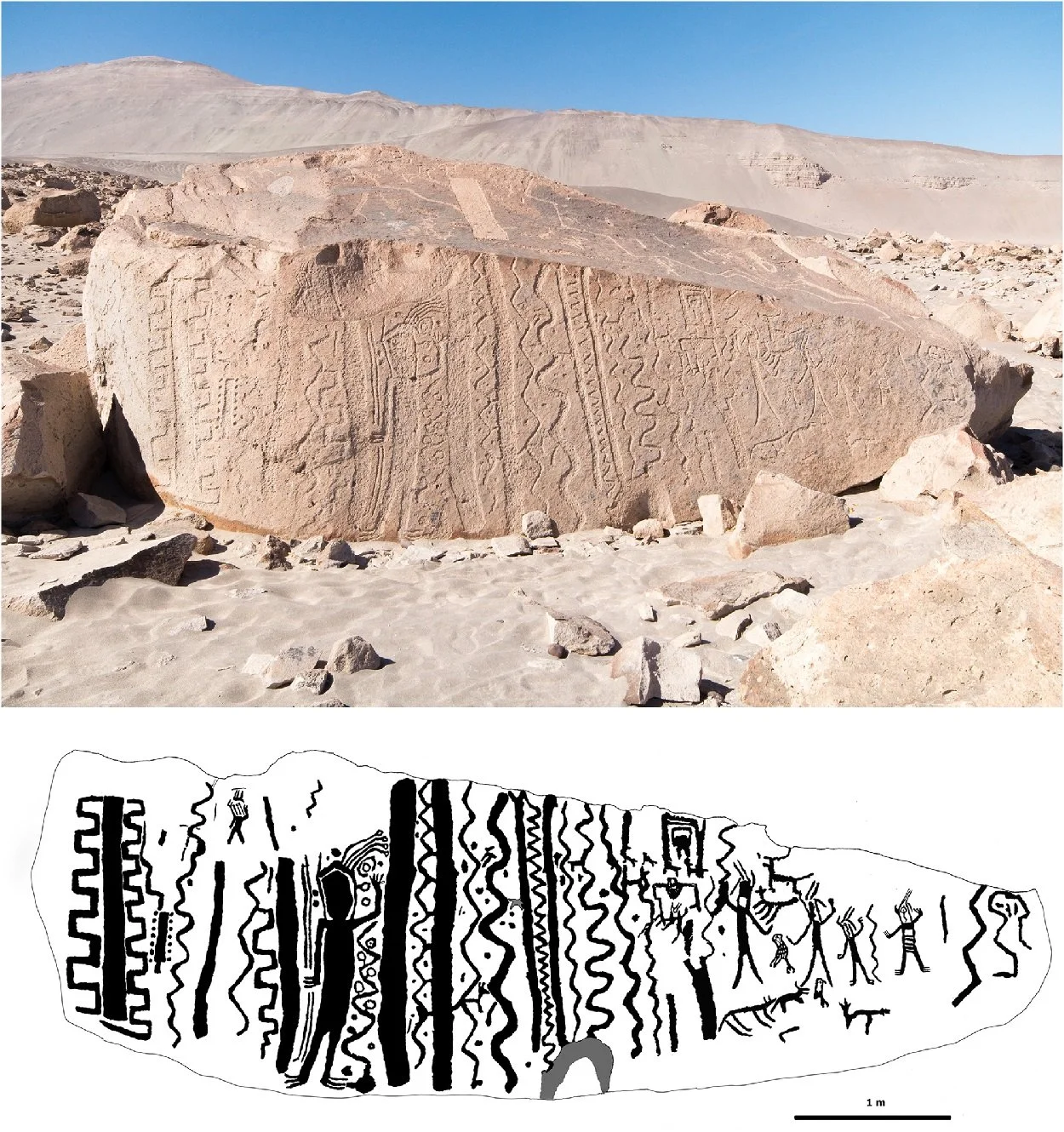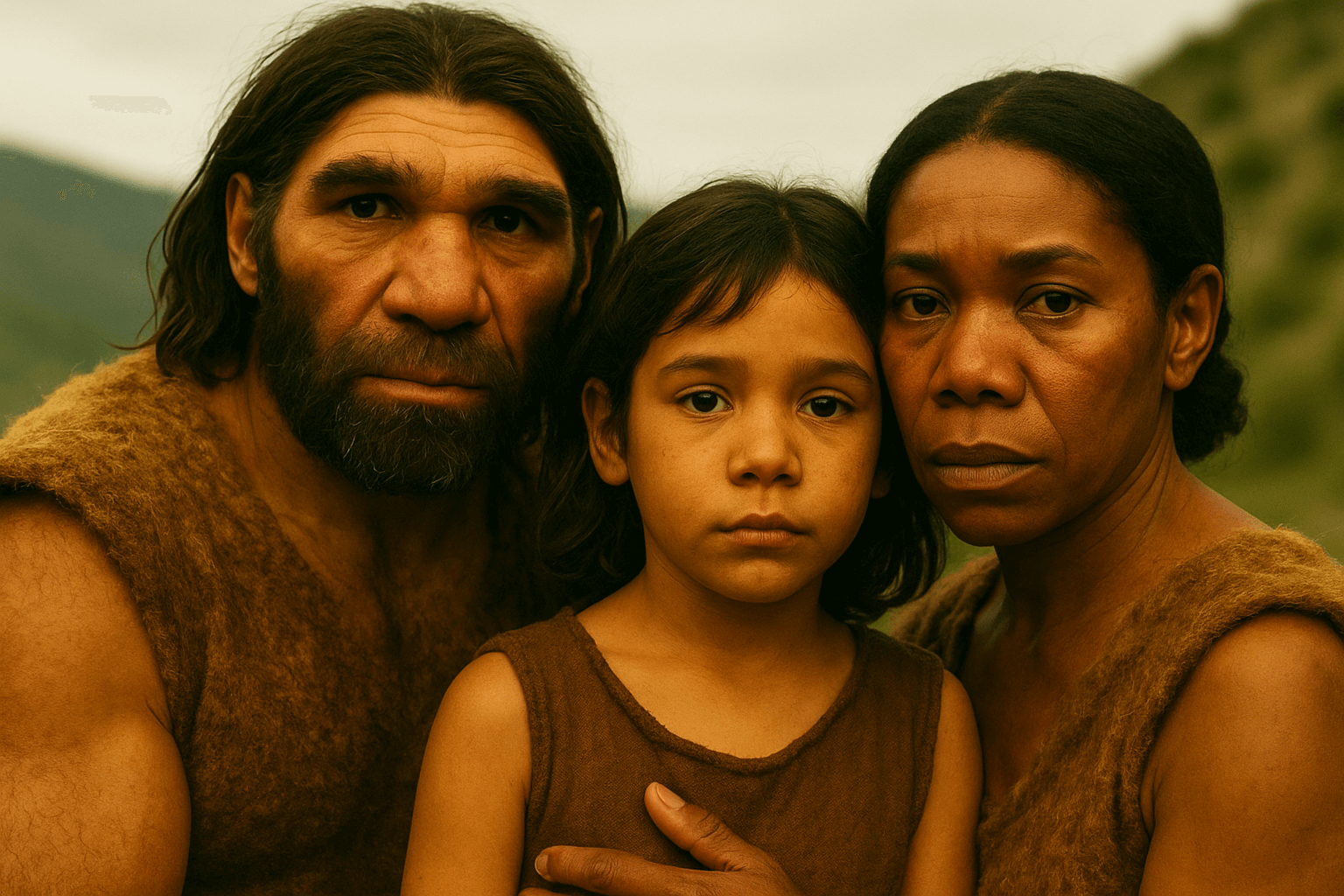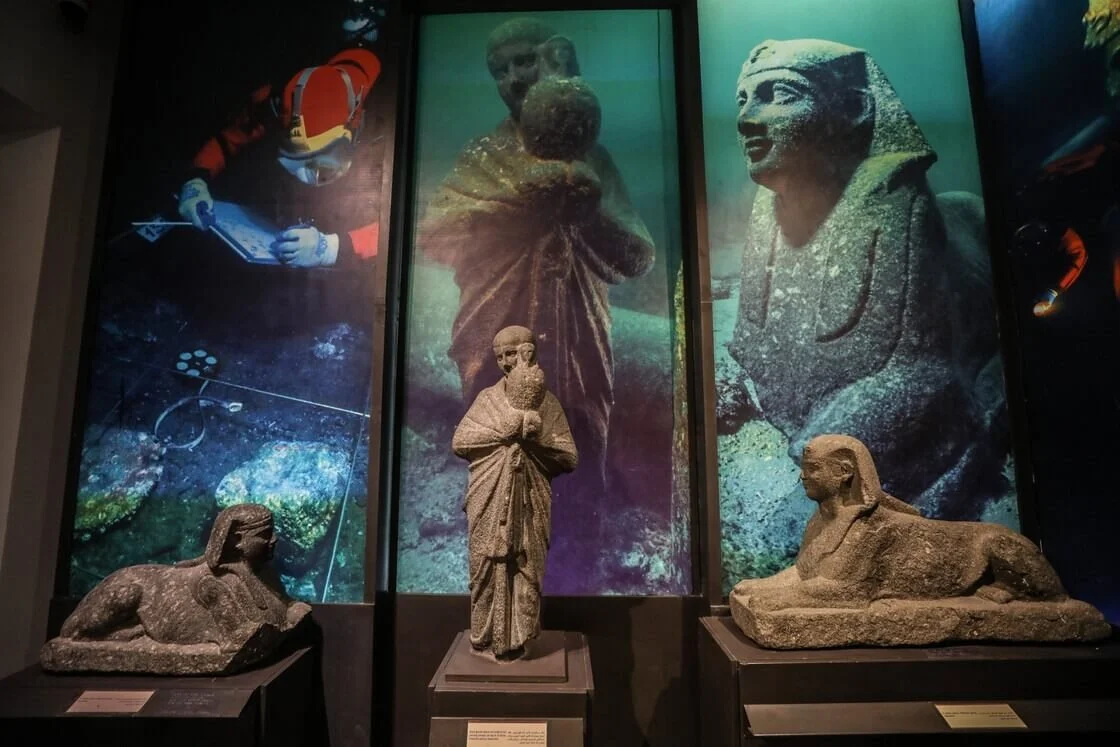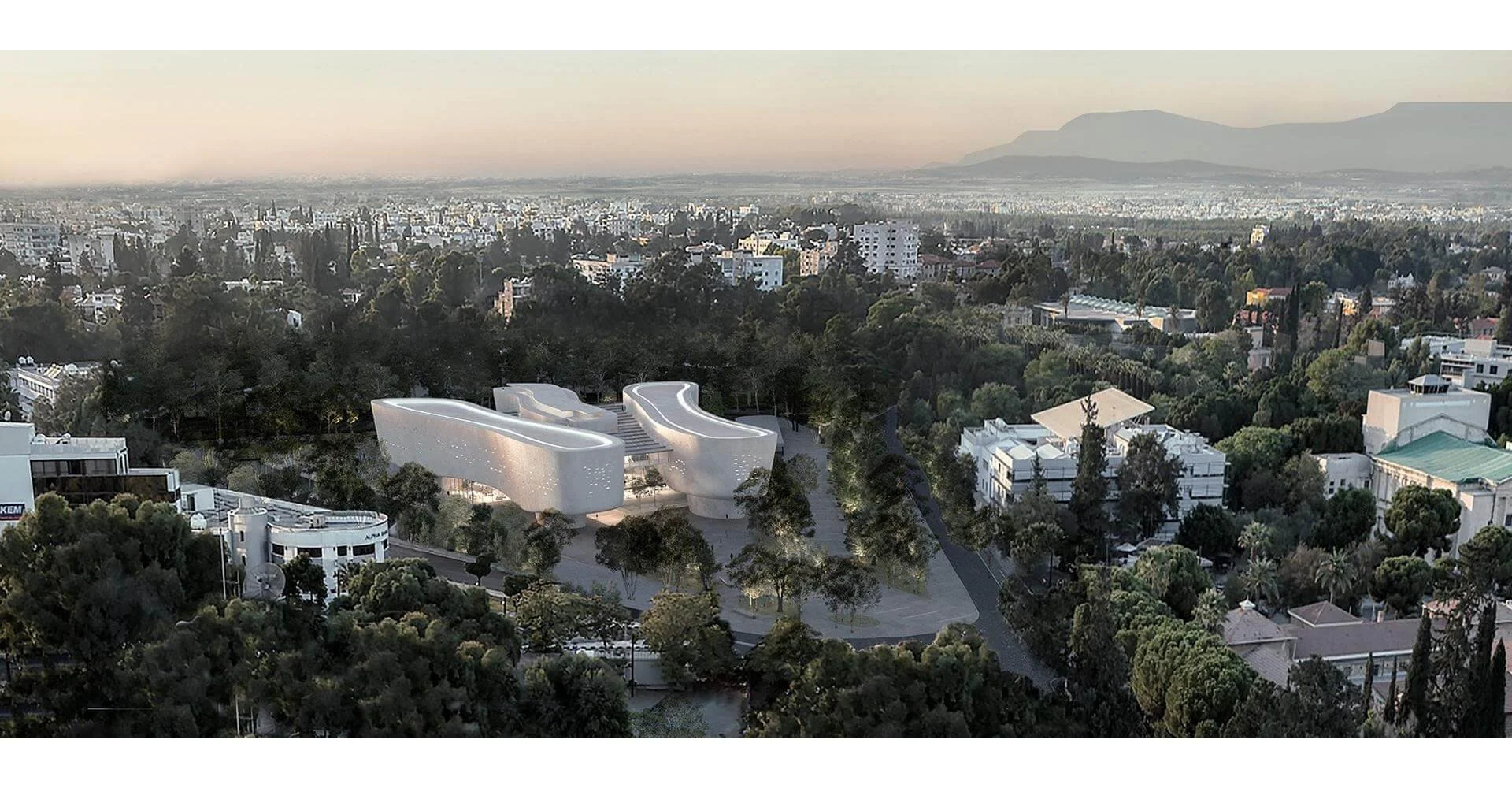Geometric Petroglyphs at Toro Muerto: Ancient Songs in Stone
A groundbreaking study, recently published in the Cambridge Archaeological Journal, unveils a fascinating interpretation of the enigmatic petroglyphs found at Toro Muerto in Peru. These intricate carvings, etched into over 3000 volcanic rocks, have long puzzled archaeologists and historians, but a new theory suggests they may represent something unexpected: ancient songs.
Toro Muerto, meaning "Dead Bull" in Spanish, is situated in Peru's Castilla province and is renowned for its extensive collection of petroglyphs dating back to the Wari Culture, which thrived between AD 500 to 1000. Among the myriad petroglyphs adorning the site are dancing anthropomorphic figures, known as danzantes, accompanied by geometric motifs such as zigzag lines and concentric circles.
While previous interpretations linked these zigzag lines to symbols of snakes or lightning, with potential associations to fertility and water cults, the new study offers a fresh perspective. Drawing parallels with the Tukano people of the Colombia rainforest, renowned for their art rooted in visionary experiences induced by psychoactive rituals, the study posits that the petroglyphs at Toro Muerto may be abstract representations of ancient singing and songs.
The Tukano people, known for their art featuring concentric circles, dots, wavy lines, zigzags, and crenellation motifs, used these symbols to evoke creation myths and other topics expressed through dances and songs. Moreover, similar motifs found in Mesoamerican iconography, such as Maya, Mixtec, and Nahua codices, are theorized to depict songs in visual form, representing the sonic sphere of culture.
Building on this premise, the study suggests that the graphic depiction of songs in petroglyphs might not be unique to Toro Muerto but could have been a widespread phenomenon in various cultures, including the Wari civilization. The authors propose that certain compositions featuring dancers and linear geometric patterns symbolized journeys to the afterlife, adding another layer of complexity to the interpretation of these ancient artworks.
"In our study, we show that some geometric images could have been representations or embodiments of songs themselves, in their own right, independent of any depictions of mouths or bodies," explain the study authors. "We base this study on the case of the petroglyphs at Toro Muerto in Peru, while the source of our interpretative proposal is ethnographic knowledge, more precisely an ethnographic analogy from Amazonia, specifically the art of the Tukano people."
As scholars continue to unravel the mysteries of Toro Muerto and its petroglyphs, this innovative interpretation offers a captivating glimpse into the intersection of art, culture, and ancient storytelling practices. It underscores the enduring significance of these enigmatic symbols and their potential to unlock the secrets of Peru's rich cultural heritage.








